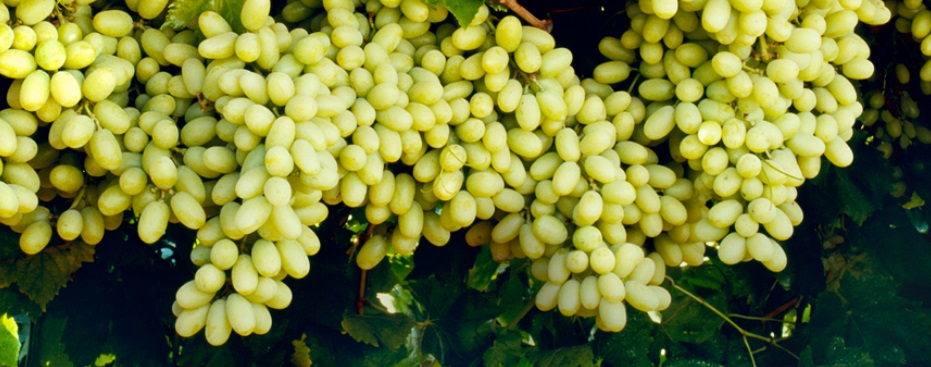
Increasing consumer preference for healthy snacks is one of the trends behind a strong estimated market progression for the UK table grape sector, with a recent report by ResearchandMarkets.com projecting a value of $1.422 billion by 2028.
The sector has experienced a steady CAGR of 3.47% from its 2021 valuation of $1.120 billion.
According to a study published by the U.S. Department of Agriculture (USDA) in 2022, the nation's consumption of grapes increased from 275, 000 MT in 2019 to 280, 000 MT in 2022.
The same data shows that between 2020 and 2022, the country's imports of fresh grapes (especially table grapes) climbed from 269, 000 MT to 280, 000 MT.
Furthermore, according to the USDA’s Economic Research Service, the UK's agricultural production in 2019 was predicted to be about $29.83 billion.
As per the report of the CBI Ministry of Foreign Affairs, the import value of fresh grapes rose from €310 million in 2017, to €365 million in 2021.
The main grape-growing regions in England are in the southern parts of the country, particularly in counties like Kent, Sussex, and Hampshire. These areas have a milder climate that is more conducive to grape cultivation.
England's table grape market emphasizes locally produced grapes, which appeals to consumers who prefer to support domestic agriculture and reduce the carbon footprint associated with importing fruits from distant regions.
The table grape season in England is relatively short, typically running from late summer to early autumn. Due to the climate, the growing season is limited, and most grapes are harvested during this period.